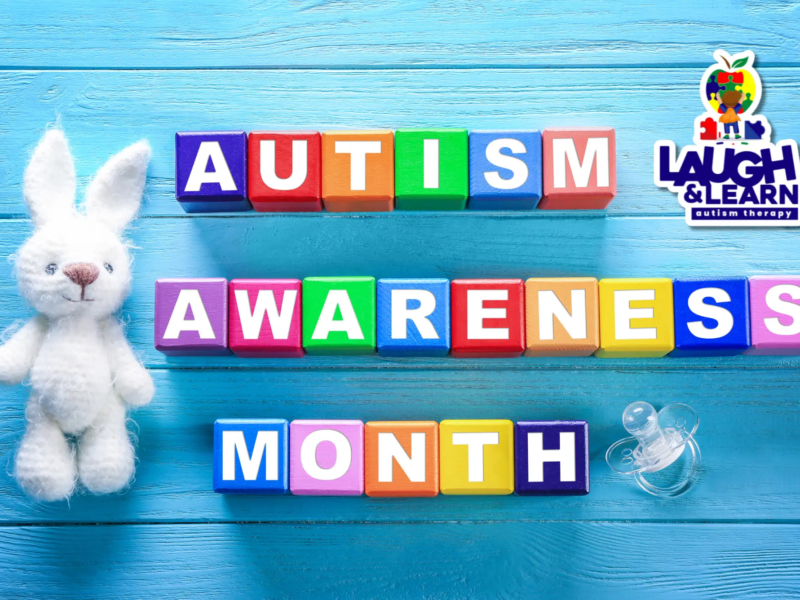Common Myths and Facts About ABA Therapy
Applied Behavior Analysis (ABA) therapy is a well-established and highly effective approach for individuals with Autism Spectrum Disorders and various developmental challenges. However, like any complex field, ABA therapy is subject to its fair share of myths and misconceptions. In this blog post, we aim to debunk some of the common myths and provide you with the facts about ABA therapy.
Myth #1: ABA Therapy Is a One-Size-Fits-All Approach
Fact: ABA therapy is highly individualized. It’s tailored to meet the unique needs and goals of each individual. ABA practitioners conduct comprehensive assessments to identify specific areas of development that require attention. Then, they create customized treatment plans that address those areas.
Myth #2: ABA Therapy Is Only for Children
Fact: ABA therapy is beneficial for individuals of all ages. While it’s widely recognized for early intervention in children with Autism, it can also be adapted to address the needs of adolescents and adults. ABA is a lifelong approach to fostering positive behavior and skills development.
Myth #3: ABA Therapy Is Only About Controlling Behaviors
Fact: ABA therapy focuses on more than just behavior control. It aims to teach new skills, enhance communication, and improve the overall quality of life for individuals with developmental challenges. Reducing problem behaviors is just one aspect of ABA.
Myth #4: ABA Therapy Is Punitive and Harsh
Fact: ABA therapy is based on a set of principles that emphasize positive reinforcement and individual motivation. It’s not about punishment; rather, it’s about creating a supportive and nurturing environment for learning and skill development.
Myth #5: ABA Therapy Is Ineffective
Fact: Research consistently shows the effectiveness of ABA therapy. Numerous studies have demonstrated its positive impact on a wide range of behaviors and skills in individuals with Autism and other developmental disorders. Early intervention with ABA is especially effective.
Myth #6: ABA Therapy Removes the Individual’s Autistic Traits
Fact: ABA therapy doesn’t aim to eliminate an individual’s unique traits or personality. Instead, it helps individuals develop essential life skills, improve their communication, and enhance their independence while respecting their individuality.
Myth #7: ABA Therapy Is Only for Autism
Fact: ABA therapy is effective in addressing a variety of developmental challenges beyond Autism. It can be adapted to support individuals with Down syndrome, ADHD, speech disorders, and more.
Myth #8: ABA Therapy Is a Quick Fix
Fact: ABA therapy is a gradual and ongoing process. Achieving meaningful progress may take time, and often involves continuous support and reinforcement. It’s a long-term commitment to positive change.
Myth #9: ABA Therapists Are Not Qualified
Fact: Board Certified Behavior Analysts (BCBAs) are highly trained and certified professionals who oversee ABA therapy programs. They have extensive education and experience in the field, ensuring quality and effectiveness.
Myth #10: ABA Therapy Doesn’t Promote Generalization
Fact: ABA therapy focuses on teaching skills in various settings to promote generalization. The goal is for individuals to apply their learned skills in real-life situations and not just during therapy sessions.
In conclusion, ABA therapy is a versatile and evidence-based approach that has benefited countless individuals with developmental challenges. By dispelling these common myths and understanding the facts about ABA therapy, we can better appreciate its value and potential for positive change in the lives of those it serves. If you have any questions or concerns about ABA therapy, don’t hesitate to reach out to us for more information and guidance. Click the link below entitled “Contact Us” to begin a conversation about how ABA therapy can help your child today!



